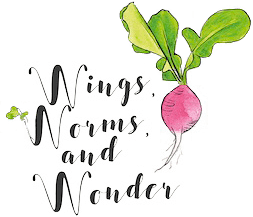Wonder Wednesday 122: From Sea to Salt

The Story of Salt
Salt and humans have a long, and sometimes complicated, joined history.
All life on Earth depends on salt. That is a dramatic statement, but it's true! Sodium chloride, NaCl, is a naturally occurring ionic compound found in crystalline form on land and dissolved in large quantities in sea water. Without salt, the human body's nerves and muscles don't function properly. It regulates fluids in the body, as well as participates in how the body controls blood pressure and volume.
Humans have been using salt for thousands of years to both preserve and season food. Salt's ability to preserve food is one of the things that relieved sole dependence on seasonal foods. The word salad comes from the Roman meaning salted. But back in those days access to salt was limited. It was a highly prized item.
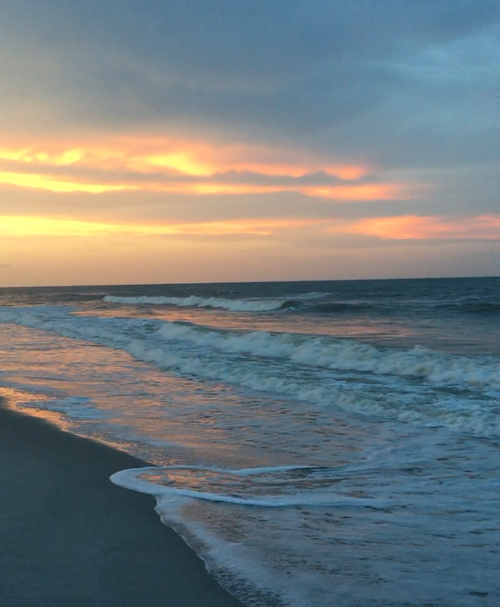
Salt has even been used as money on many occasions through, distant and more recent, human history. The word salary even comes from the Latin word for salt! Salt is considered to be one of the most pivotal keys in the evolution of human civilization. Humans have used salt as a source of power and reason for war over the centuries around the world.
That is just how valuable the white crystals we often take for granted actually are. Many lives have been compromised through power struggles, colonialism, and the contest for control over the access to salt.
3 Stories of Salt:
I have 3 personal stories of salt. I think they are pretty interesting, but you be the judge:
ONE
I was 10 and visiting the island of Bonaire, "ruled" at the time by the Dutch, but originally the home of the Caiquetios, a tribe of the Arawak people. This beautiful tropical arid island is known for its stunning coral reefs that are highly protected and in excellent condition.
One afternoon after exploring the underwater nature all morning, we went to see wild flamingos who feed on the salt flats. I had never thought either way about salt. It was just a thing on a shaker on the table. But when we arrived to see huge flocks of pink flamingos feeding and frolicking on the salt flats eating the pink shrimp that lived in the briny water it was a light bulb moment.
Salt doesn't come from the grocery store, it comes from the ocean and you just literally just let massive square puddles of ocean water dehydrate in the hot sun to make salt! Just like how your skin gets salt crystals on it when ocean water drys on your arm - just bigger scale and with flamingos!
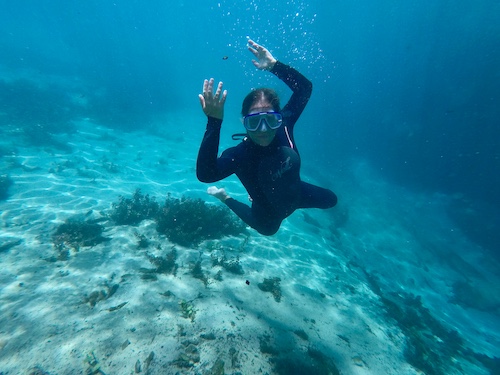
TWO
Many years ago, I worked on a sailboat on a tropical island. One morning we took out a bachelor party to go snorkeling. Well needless to say, those fellows were dehydrated. More than we, as captain and crew, knew when we embarked.
About 4 miles out, one of the guy's (who we then learned had been worshipping the porcelain gods all morning), muscles began to seize up and he became very disoriented and in pain from the muscle seize. His body had become too low on salt.

Fortunately one of the other members of the party was a nurse - because the coast guard said we were too close to shore for them to come and get him - so we had to return to shore to meet an ambulance at the dock.
Mind you, this was in the days before cell phones and average people drank electrolyte water or carried water bottles around with them and all that. So we tried to have him keep down some fluids and hustled back to shore as quickly as the wind would carry us, which wasn't quick enough for anyone involved.
Long story short - Salt is an electrolyte! It keeps your muscles working and from seizing up. I learned that lesson in a very real world application!

THREE
Less years, but still quite a while ago, I was on a surf trip to the town of Las Salinas, Nicaragua. Well, like many places in the world, the name gives away the industry of the town!
(Think Salzburg, anywhere in the UK ending with -wich, Solnitsata, Natron Valley...the list of cities around the world goes on.)
Anyway, there were a few large salt flats near the shore that could be viewed from up on the hills. Right in the middle of tiny very rural village was a big rustic barn like structure. That was the salt storage building.
While I wasn't surprised about the salt flats, another lightbulb went off about how salt is stored right out of the flats before being taken for processing.
It was almost like a cartoon with walls seeming to bulge and little hills of salt pouring from the cracks between the boards. It was really down to earth and such a scene that just made one feel grounding in being human.

From Solution to Solid:
On average, every kilogram of sea water has about 35 grams of dissolved salts, so you can see why this project of making your own salt is quite easy! (With the help of modern technology of course!)
But, why would we want to take the time to make sea salt when salt of all sorts is so easy and (mostly) inexpensive to buy? Well, why not? Nature connection and simply for the fun of it are great reasons alone, but let's delve a bit deeper.

We are able to understand something more when we undergo the task of what it takes to actually acquire the item from its raw unprocessed state. By making it ourselves, we are able to link greater value to the item and the lived experiences of the humans involved in what it takes to get a product, like salt, from sea to table.
It's just like the idea of why grow a garden when we have a produce market? Why buy a scarf when we can knit one? Why make a painting when we can take a photo?
Because there is no substitute for primary knowledge and experience. So let's make some salt!
Wonder Wednesday 122:
Let's make our own Sea Salt!
Materials
- Naturally salty water, like from an ocean, sea, or lake*
- A container to collect the naturally salty water
- A stock pot to boil
- A ladle, cup, and spatula, or various spatulas
- A cloth strainer, like a cheesecloth or tea/coffee steeping bag
- An oven or dehydrator
-Parchment paper,
- Containers that seal to store the salt

**If you want to eat the salt **
Make sure the water and beach is clean and safe to ingest.
1. Check the local health department water samples for the area to make sure the water passes environmental health standards.
2. Avoid collecting water near big cities, polluted or industrial river-mouths, and beaches with street runoff.
3. **Use common sense** Just because water looks clean, doesn't mean it actually is.
For example, the water around Key West looks clear turquoise and clean, but the beaches there are often closed due to high fecal content in the water! EW!!
& I can tell you this first hand because I lived there!
* Disclaimer* - There may be a risk to consuming salt from polluted water. Wings, Worms, and Wonder can not guarantee the environmental health of the water you collect and may not be held responsible if you choose to ingest it. This project is for process-based educational purposes.
Preparation
1. Gather some naturally salty water
2. Let it sit in a clean dry place for a day or so to let any sand or shells settle
3. Using a ladle and or cup, carefully scoop out the settled naturally salty water into the stock pot. Be careful not to stir up any sand that has settled at the bottom.
Leave out the last inch or so of water with the sediment.
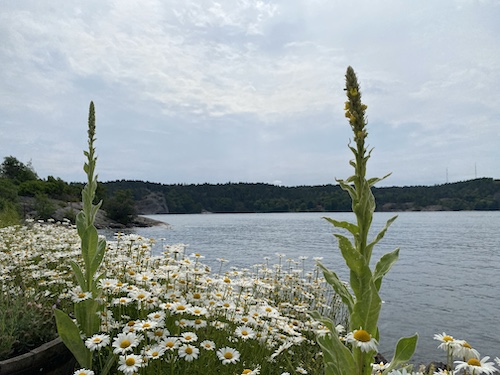
Procedure
1. Bring the water in your stockpot to a boil.

2. Boil it on medium high for about 4-5 hours. Don't forget about it and check it regularly.
3. Once there are a few inches of water left in the pot and you see salt crystals forming, lower the temperature to a very low boil/simmer.

4. Boil on very low/simmer until you see crystals start to form.

5. Keep simmering, but keep a close eye on the water level. You do not want to boil away all the water and burn it. Use a spatula to release crystals from the bottom of the pot to prevent burning

6. Once there is just about a 1/2 inch or less of water left and you can push salt crystals around into a pile, very carefully remove from the heat and pour off the excess water at the top.
Strain the salt slurry through a cheesecloth (this step can be skipped if you pour very very carefully)

7. Spread the salt slurry out into a thin layer in a pan.
Let sit it out overnight in a clean dry area.

8. The next morning check in on the progress of your salt drying. This stage depends a lot on what climate you live in. Dry climates will make much quicker progress.
Notice how the crystals start to form in chunks and how the whole slurry becomes stuck together

9. Break up the drying slurry chunk with a spatula or your fingers. This will help it dry more.
Let it set a few more hours.

10. The salt can be used at this stage.
Or:
If you live in a very humid climate where nothing ever dries (like me) or you want to preserve the salt in containers, make sure to get all the moisture out of it.
So...
11. Spread the drying salt out on parchment on a cookie sheet
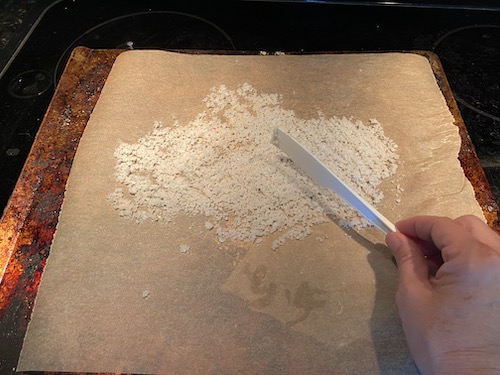
12. Bake the salt on the oven's very lowest setting for 30 minutes. Check to see how dry the salt is an if it needs a little longer bake for an hour. That should get it nice and dry.
I baked mine 50 minutes and then turned off the oven and left the tray in until it cooled.
* You could also use a dehydrator instead of an over for this step.

Look how bright white the crystals are when they come out of the oven!
13. Give it a taste. Mine is super charged salty - A little goes a long way!
14. Now you have homemade sea salt that you can store and use!

Add it to your favorite baked treats or place in containers for yourself and others!
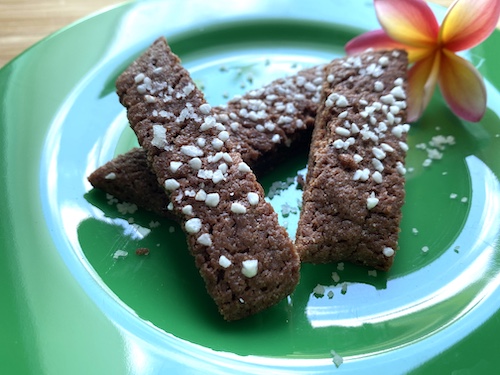
You can also use this salt for spa treatments, watercolor painting, cleaning your cast iron pan, sprinkling on your icy steps in winter, putting into wounds (just kidding), and anything else you would use salt for!
Teachers & homeschoolers can tie this project in with historical studies of human migration and rises and falls of cultures and civilizations.
I've heard that salt from different bodies of water tastes different - which makes total sense. How fun would it be to make this easy sea salt project when you have access to different oceans and areas?
Talk about a super cool homemade souvenir!
Learn more about how salt is made and the lives of some of the people who make it in the award winning, cinematically beautiful documentary film: My Name is Salt, by filmmaker Farida Pacha.

Would you try making your own salt?
Where would be your dream location to gather sea water?
Share in the comments below! Share photos of your seascapes on Instagram #wingswormsandwonder
Seeds to Sprout

Nature as a Tool for Teaching Writing
Nature as a Tool for Teaching Writing: Nature Connection, Nature Journaling, & Writing Resources is my newest FREE Webinar with Trillium Montessori!
Use these ideas and resources to help connect elementary age children to their natural world!
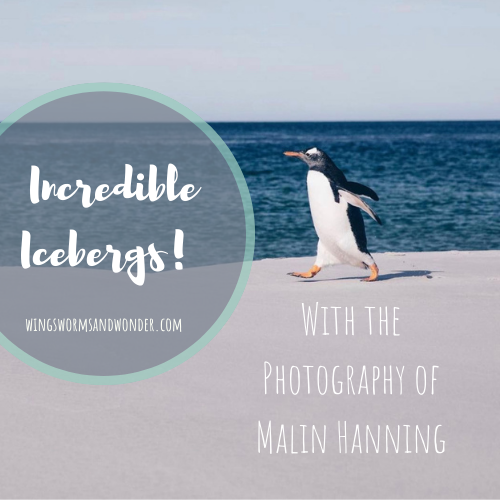
Incredible Icebergs
What's something salty that's totally awe inspiring?
Frozen salt water and icebergs! Learn more about them and discover beautiful arctic and Antarctic nature photography of Malin Hanning!

Peace for Ukraine Movie
On September 21, on the International Day of Peace,
@montessori.ukraine released their film Peace for Ukraine. The work they are doing to ease suffering of war for children and families is spectacular.
I am honored to have participated in this movie project and to have donated the digital Nature Journal Prompt Cards for Children file, which was translated to Ukrainian to share freely in their outreach work.
Check out their film and support this important work for peace.
